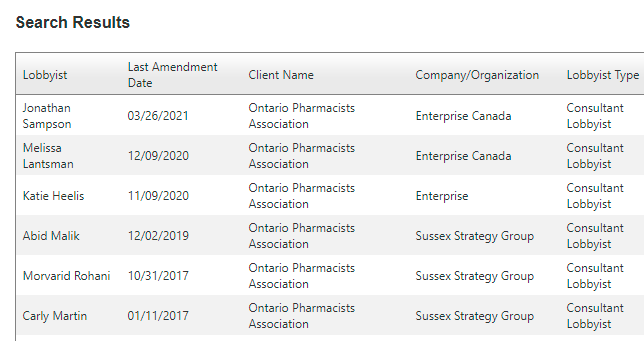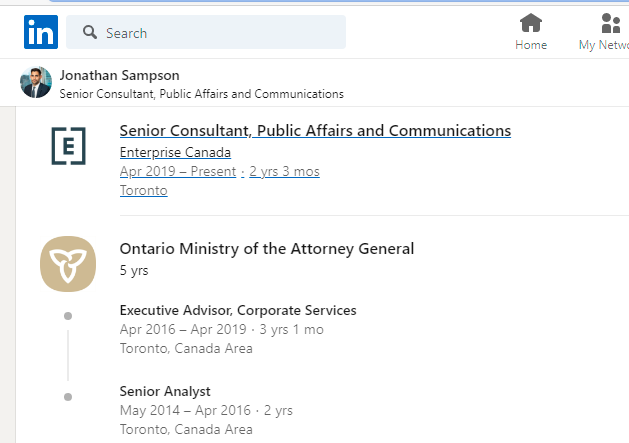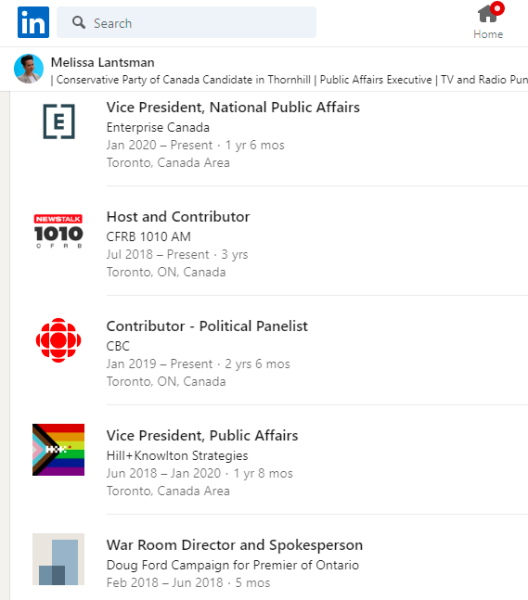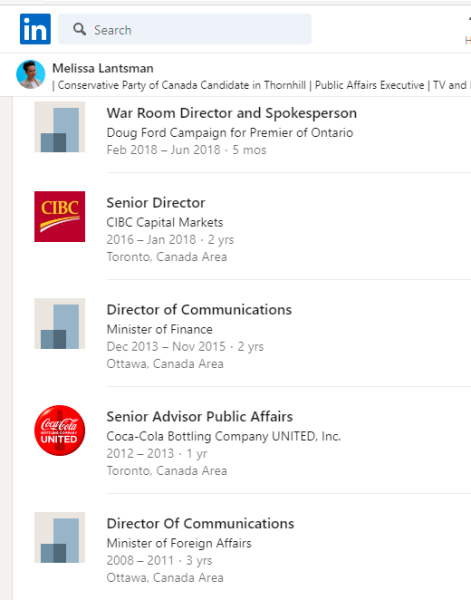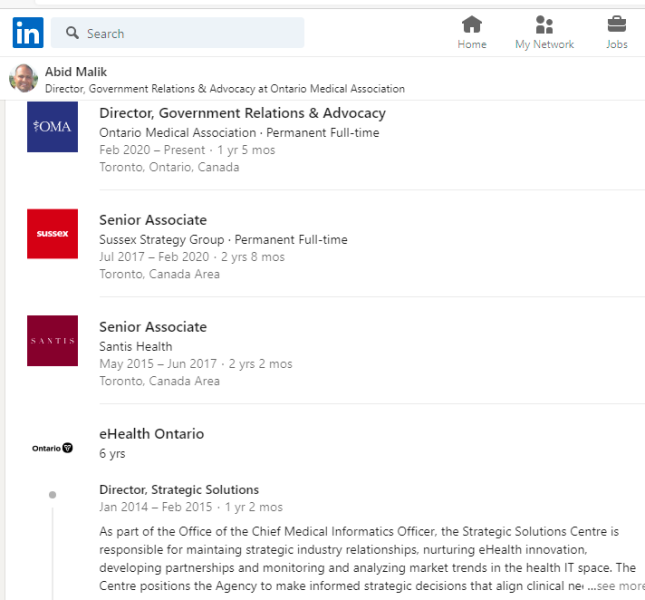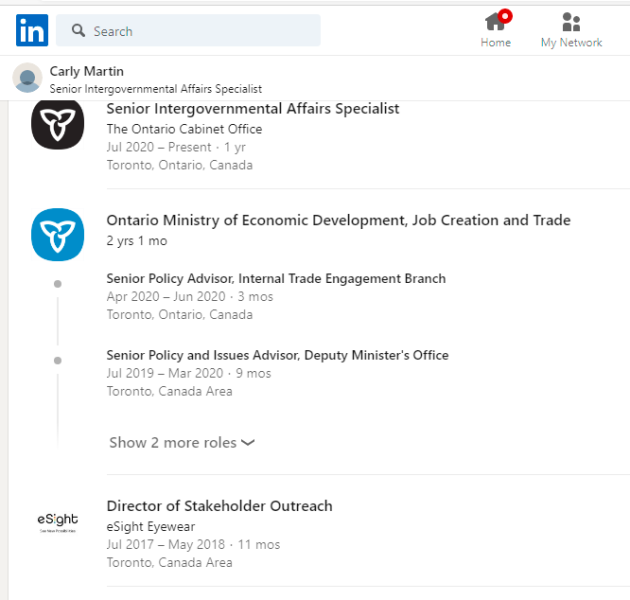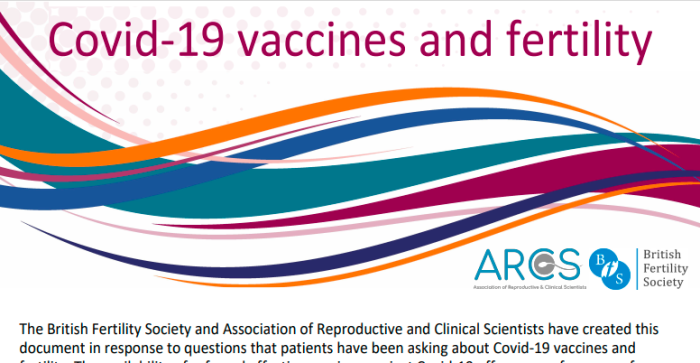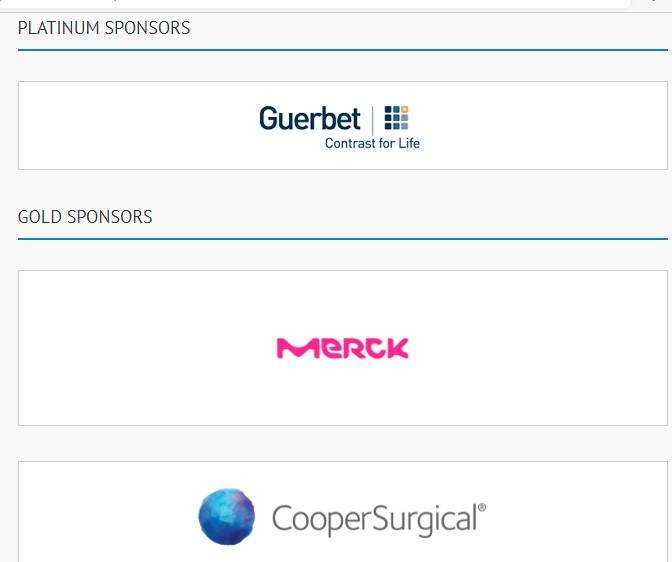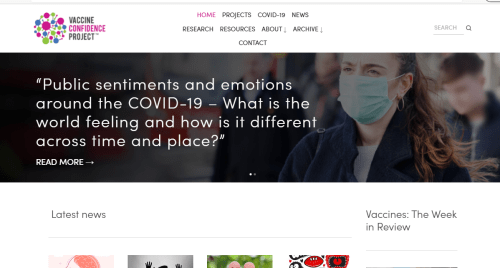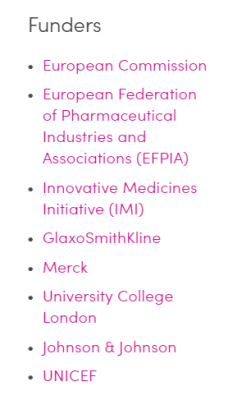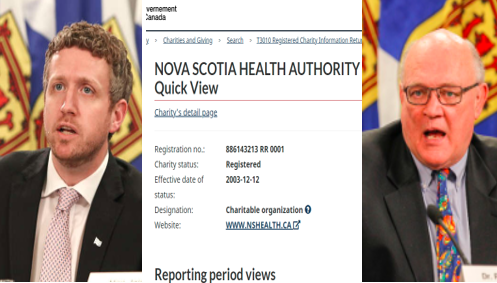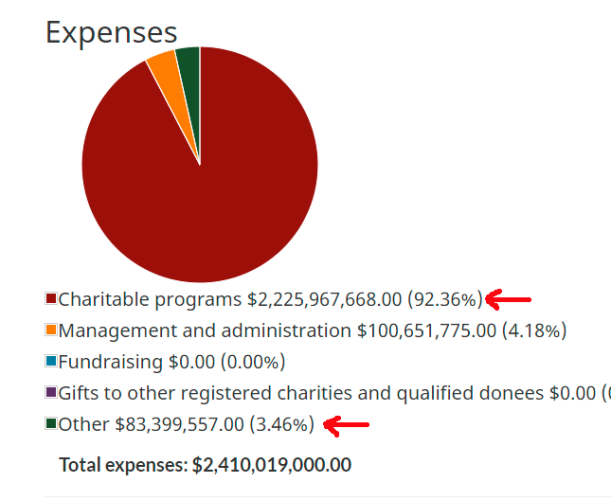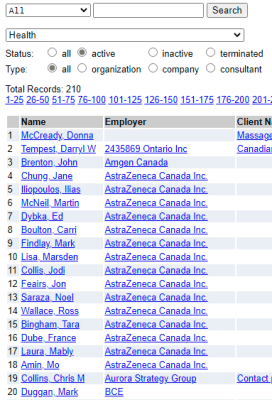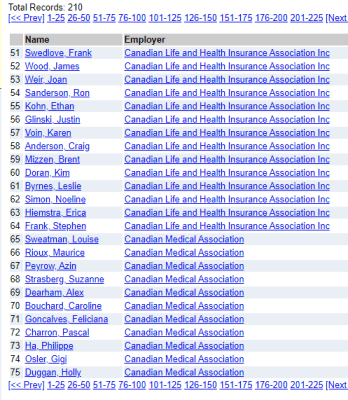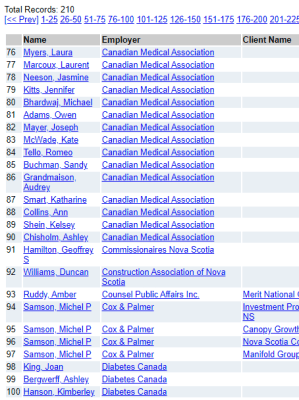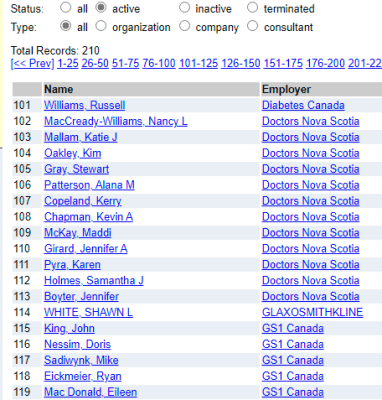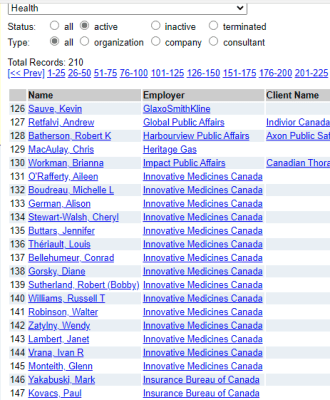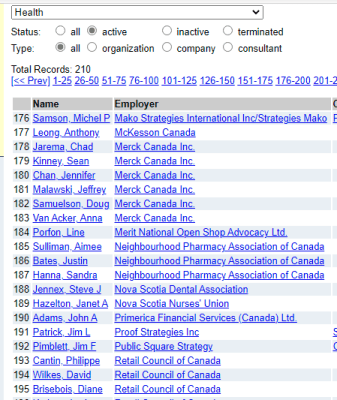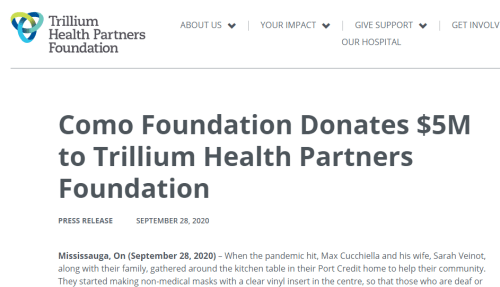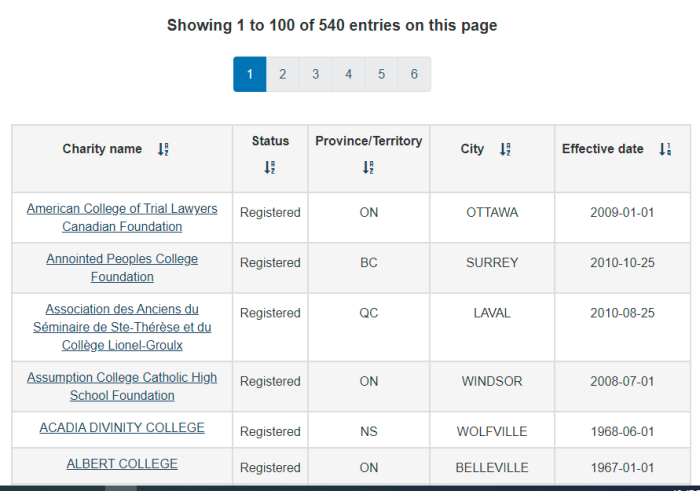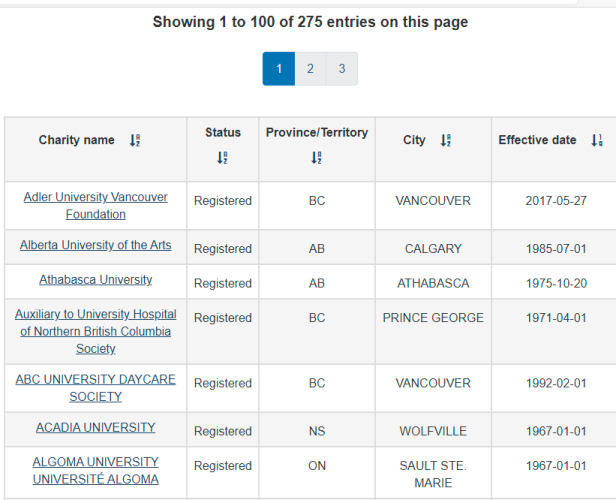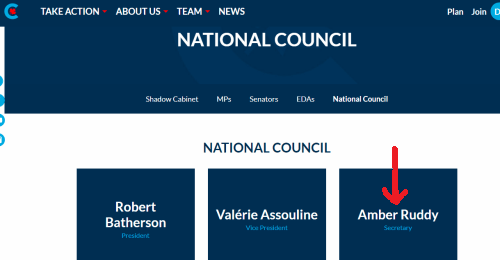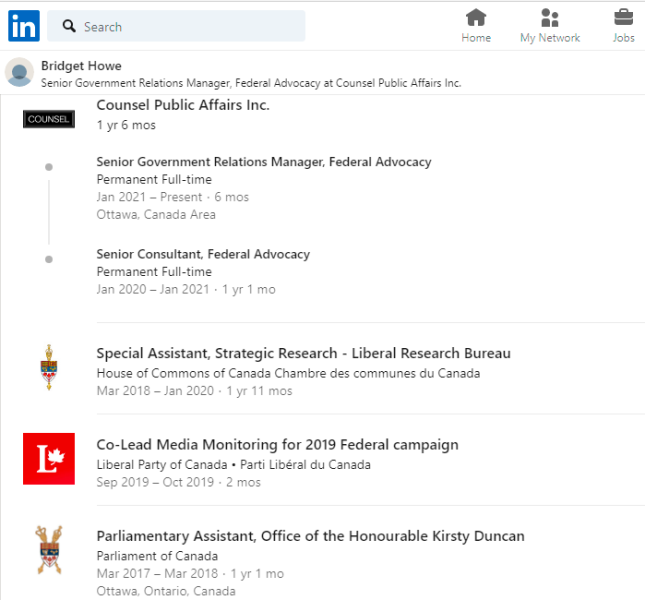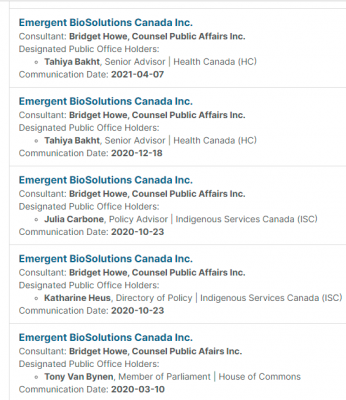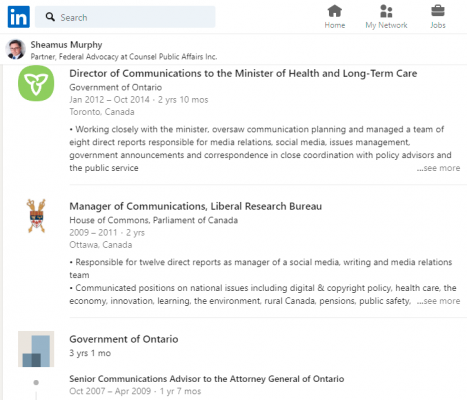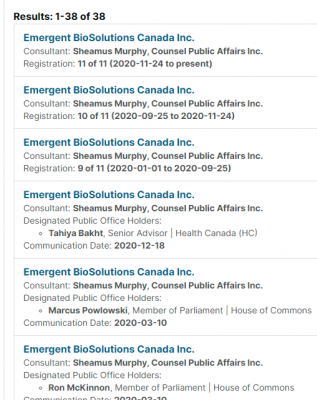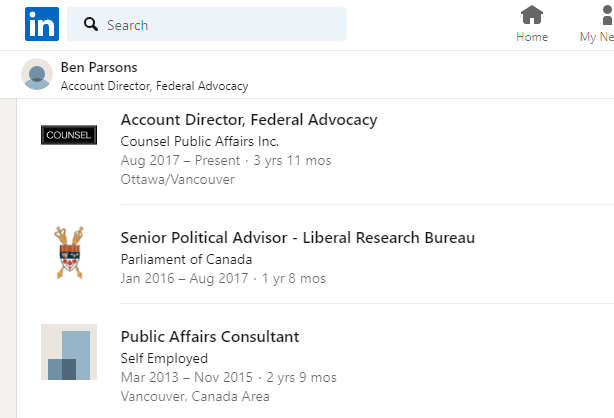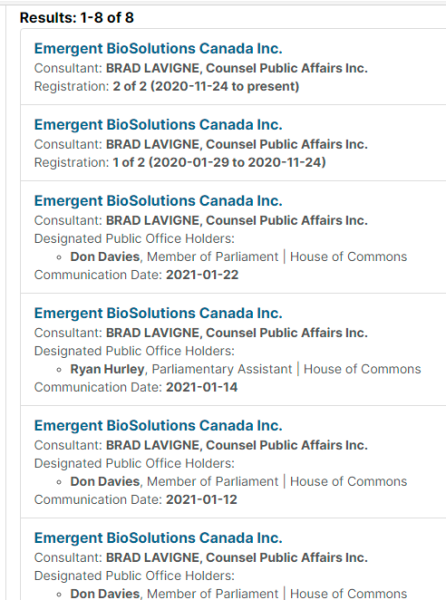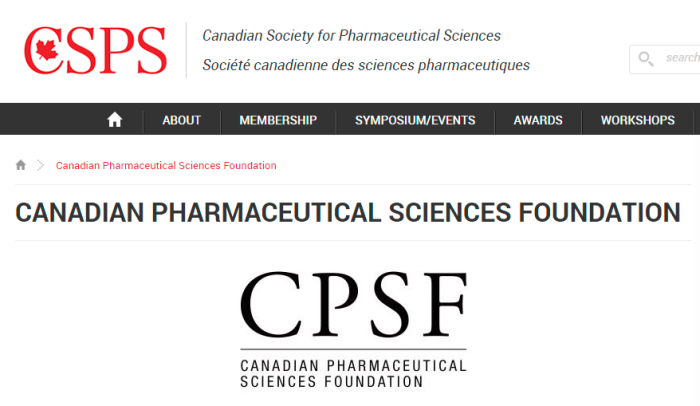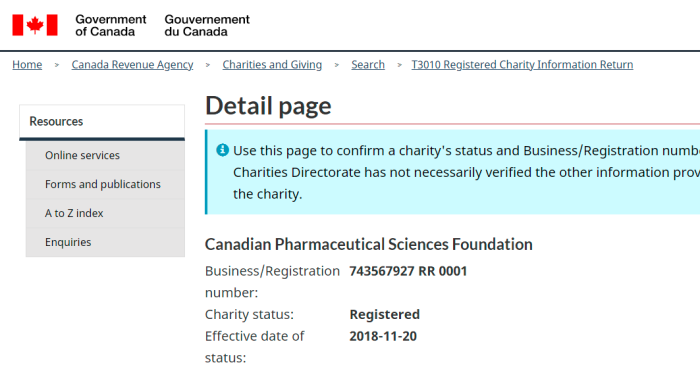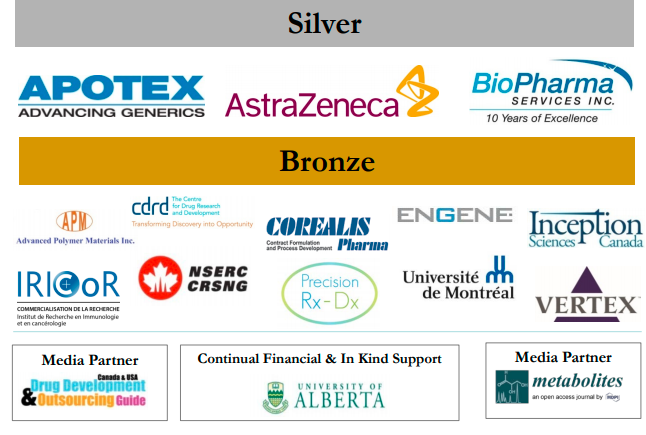
The term “hallway medicine” is used to describe a health care system that is so overloaded that there aren’t enough rooms for patients. Ontario’s health care system has long been operating over capcity. Shortly after taking power in 2018, Doug Ford promised to have the issue studied and corrected.
However, in the light of this so-called “pandemic”, that previous issue seems to have been scrubbed from the media, and from political talking heads. Prior to this, apparently there were no serious health care issues.
The Ontario Science Table and various “TV experts” would have you believe that hospitals are overwhelmed because of a virus (that has yet to be isolated). Countless “non essential” health care services have been cancelled in the name of freeing up space to accommodate anticipated death waves.
Read the 1st report for yourself, but it’s quite telling:
Key Findings
1. Patients and families are having difficulty navigating the health care system and are waiting too long for care. This has a negative impact on their own health and on provider and caregiver well-being.
2. The system is facing capacity pressures today, and it does not have the appropriate mix of services, beds, or digital tools to be ready for the projected increase in complex care needs and capacity pressures in the short and long-term.
3. There needs to be more effective coordination at both the system level, and at the point-of-care. This could achieve better value (i.e. improved health outcomes) for taxpayer money spent throughout the system. As currently designed, the health care system does not always work efficiently
Chapter 1: The Patient Experience
Patients and families are having a difficult time navigating the health care system. Ontarians cannot always see their primary care provider when they need to, wait times for some procedures and access to specialists and community care are too long, and emergency department use is increasing. A lack of early intervention and prevention is contributing to more patients becoming ill. All of these challenges are connected to the problem of hallway health care.
.
Chapter 2: Stress on Caregivers and Providers
Health care providers, family members, and friends are feeling the strain of a system that isn’t making caregiving easy. This leads to high levels of stress and places a heavy burden on caregivers to act as advocates for timely and high-quality health care services.
.
Chapter 3: Different Health Care Needs
There are more patients with complex needs and an increase in chronic issues that require careful and coordinated management, like an aging population living longer with high rates of dementia. Fair access to health care across the province continues to be a concern.
.
Chapter 4: Immediate and Long-Term Capacity Pressures
Ontario does not have an adequate or appropriate mix of services and beds throughout its health care system. This leads to capacity pressures on hospitals and long-term care homes. Demographic projections indicate there will be additional strain on existing capacity in the near future.
.
Chapter 5: Responsibility and Accountability in the System
Ontario’s health care system is large. Responsibility for coordinating high-quality health care is spread across many government agencies, organizations, and the Ministry with no clear point of accountability to keep the focus on improving health outcomes for Ontarians. There is a fundamental lack of clarity about which service provider should be providing what services to patients and how to work together effectively. Ontario could be getting better value for the money it currently spends on the health care system.
Looks pretty serious. Keep in mind, this was 2018/2019, and the consensus even then was that Ontario hospitals were overflowing.
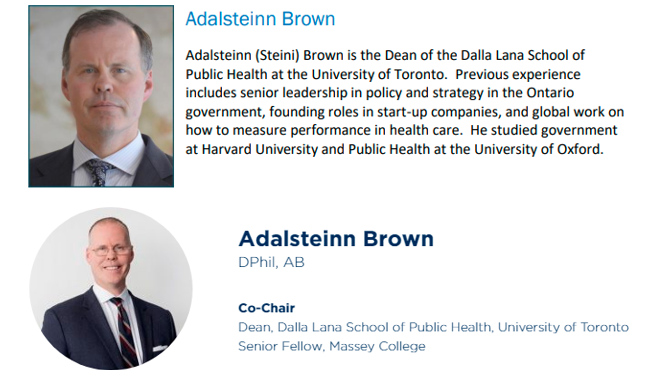
Adalsteinn Brown was part of the Premier’s Council on Improving Healthcare and Ending Hallway Medicine. Their 2019 report concluded that Ontario hospitals didn’t always run efficiently, and there weren’t enough reasons.
Fast forward a year or 2. That same Adalsteinn Brown now runs the Ontario Science Table. The group is claiming that coronavirus cases are responsible for Ontario hospitals being overwhelmed.
This previous Committee work seems to have been completely swept under the rug, as it doesn’t fit with the present narrative.
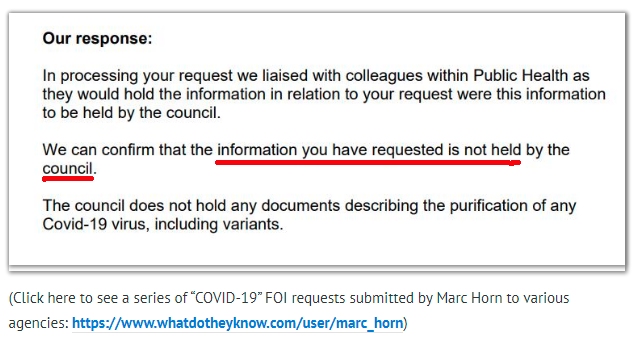
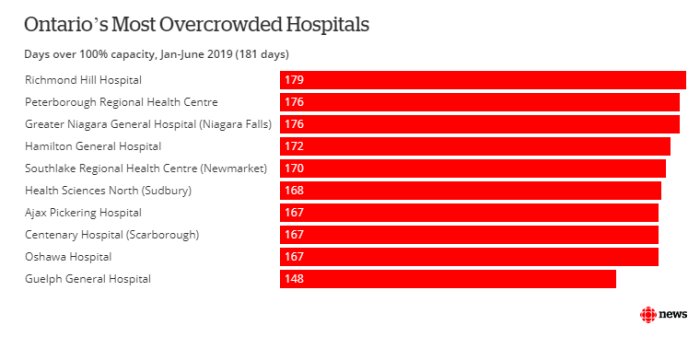
Even as late as January 2020, it was being reported on that Ontario hospitals were already overwhelmed. In face, CBC referenced a specific campaign promise Ford had made back in 2018 on this issue. CBC’s own investigation had concluded the same thing: that Ontario health care was pushed to its very limits.
From the CBC’s own work, it was shown that many hospitals were over 100% capacity, nearly every single day. This is a serious problem.
However, once the “global pandemic” hit, all talk about this seemed to stop. Instead, hospitals were being overwhelmed by waves of sick and dying “Covid” patients. That was the new narrative.
Hospitals across Canada — not just Ontario — responded by cancelling thousands of preventative, screening, and non emergency procedures. The health care system stopped taking care of the people it didn’t have the capacity to anyway. An interesting way to end hallway medicine. Just cancel services and end the backlog.
(1) https://www.youtube.com/watch?v=nQfqGQd4laY
(2) https://www.health.gov.on.ca/en/public/publications/premiers_council/report.aspx
(3) https://www.health.gov.on.ca/en/public/publications/premiers_council/docs/premiers_council_report.pdf
(4) https://canucklaw.ca/wp-content/uploads/2021/05/Premiers-Council-Report-1st-Interim.pdf
(5) https://covid19-sciencetable.ca/about/
(6) https://www.cbc.ca/news/canada/toronto/doug-ford-ontario-hallway-medicine-hospital-overcrowding-1.5440470
(7) https://www.cbc.ca/news/canada/toronto/ontario-hospital-hallway-medicine-healthcare-beyond-capacity-1.5420434
WHO IS THE ONTARIO SCIENCE TABLE?
(8) Ontario Science Table: Ties To University Of Toronto
(9) Ontario Science Table: Extension Of Gov’t, No Independence
(10) UotT/DLSPH Joins WHO; Communism; Anti-White
(11) Ontario Science Table: Kwame McKenzie, Ontario UBI Pilot Project
(12) Robert Steiner Claims To Be Major PHAC Advisor To Liberals
(13) Ontario Science Table: Actually Set Out In May 2019?
(14) Ontario Science Table; Kumar Murty; Perfect Cloud
(15) Ontario Science Table: Influenced By $5M From Como???
(16) OST: Partnered With CADTH, A WHO Group; And pCPA
(17) Centre For Effective Practive/Partners Profit From Lockdowns
(18) Ontario Science Table: Cochrane Canada; McMaster; Gates
(19) Ontario Science Table: SPOR Evidence Alliance; WHO Funding
(20) OST: David Fisman; Race Baiting; Side Job With ETFO
(21) OST: Adalsteinn Brown; DLSPH; MOH; Premiers Council
(22) Institute For Pandemics Started For Ontario Science Table Hacks
(23) Ontario Science Table Release Guide For “Obedience Training”


